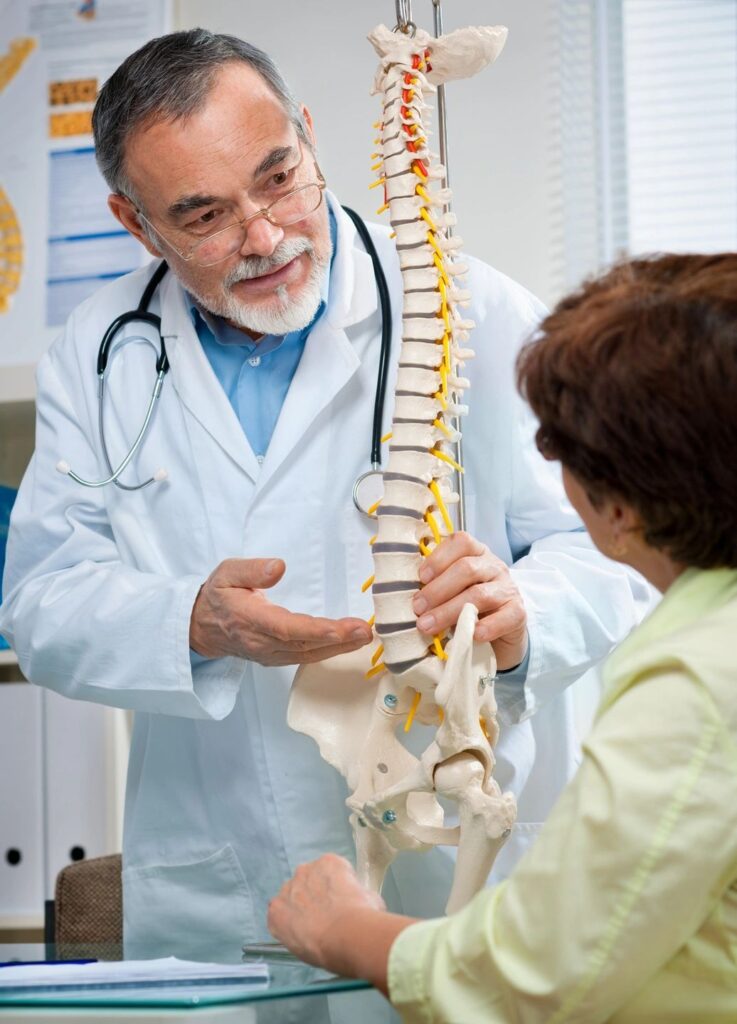
How Orthopedic Doctors Treat Sciatica
Sciatica is a common yet painful condition caused by irritation or compression of the sciatic nerve—the longest nerve in the body. It can lead to sharp pain, numbness, tingling, or weakness radiating from the lower back down to the legs. Orthopedic doctors specialize in diagnosing and treating conditions affecting the bones, joints, nerves, and muscles, making them the right experts to help patients find lasting relief from sciatica.
1. Accurate Diagnosis
Before beginning treatment, orthopedic doctors perform a detailed evaluation that includes:
-
Physical examination
-
Medical history review
-
Neurological tests
-
Imaging tests like X-rays, MRI, or CT scans
This helps identify the exact cause—such as a herniated disc, spinal stenosis, bone spur, muscle spasm, or trauma.
2. Medications for Pain Relief
To reduce inflammation and pain, doctors often prescribe:
-
NSAIDs (non-steroidal anti-inflammatory drugs)
-
Muscle relaxants
-
Pain relievers
-
Neuropathic medications for nerve pain
These help control symptoms while the underlying condition heals.
3. Physical Therapy and Rehabilitation
Orthopedic doctors usually recommend physiotherapy as one of the most effective treatments for sciatica. Therapy includes:
-
Stretching exercises
-
Strengthening exercises for the core and lower back
-
Posture correction
-
Heat and cold therapy
-
Ultrasound or electrical stimulation
These therapies help relieve pressure on the sciatic nerve, improve mobility, and prevent future flare-ups.
4. Lifestyle Modifications
Doctors also guide patients on healthy lifestyle changes such as:
-
Maintaining correct posture
-
Avoiding heavy lifting
-
Losing excess weight
-
Practicing regular low-impact exercises like walking or swimming
Small daily adjustments can significantly reduce symptoms and improve recovery.
5. Epidural Steroid Injections
For severe or persistent pain, orthopedic specialists may recommend epidural steroid injections. These injections deliver anti-inflammatory medication near the irritated nerve to provide fast, targeted relief.
6. Minimally Invasive Procedures
When conservative treatments fail, orthopedic doctors may perform minimally invasive procedures such as:
-
Microdiscectomy
-
Endoscopic spine surgery
-
Laminectomy
These procedures relieve pressure on the sciatic nerve and offer quick recovery with minimal pain.
7. Surgical Treatment (Rarely Needed)
Surgery is recommended only when symptoms are severe, progressive, or unresponsive to other treatments. Surgical options focus on removing the structural issue compressing the nerve.
Conclusion
Sciatica can significantly impact daily life, but with timely and personalized care from an orthopedic doctor, most patients achieve long-lasting relief. Whether through medications, therapy, injections, or advanced procedures, orthopedic specialists ensure a safe and effective recovery tailored to every patient’s needs.
If you are suffering from persistent lower back or leg pain, consulting an orthopedic doctor early can make all the difference.